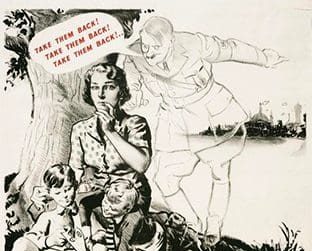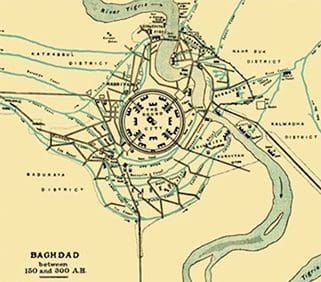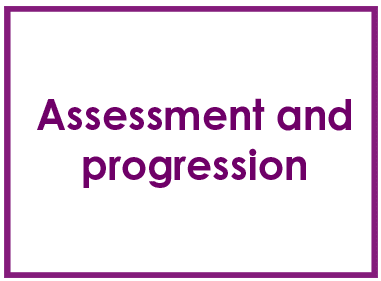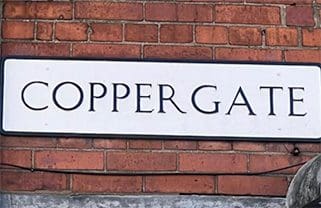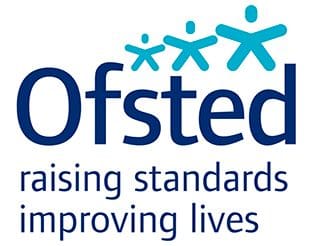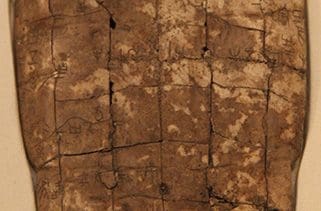
Most of you will be well-versed in strategies for helping children with EAL access other subjects in the curriculum and will not need detailed guidance on general issues. To help contextualise the support for history some of these ideas are simply summarised with history examples. It will come as no surprise that most strategies you use across the curriculum apply equally well in history. One particularly important point needs emphasising for history. Pupils with EAL not only have a proficiency in another language, they often are steeped in different cultural traditions. This can really help pupils in history when trying to look at events from different perspectives and can significantly add to the experience of the whole class.
The main concerns for teachers of pupils with EAL in history classrooms
1. The need for joint planning that involves members of the history department and specialist ethnic minority achievement (EMA) staff.


